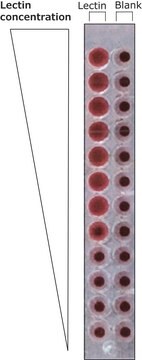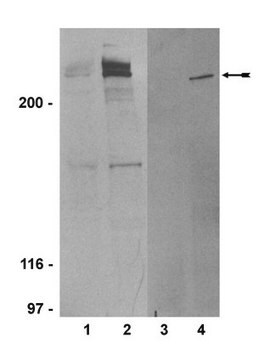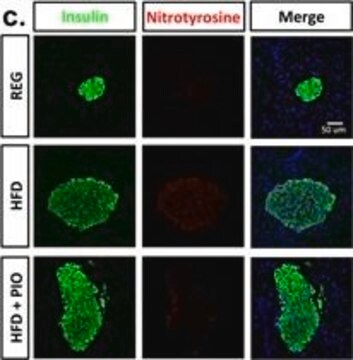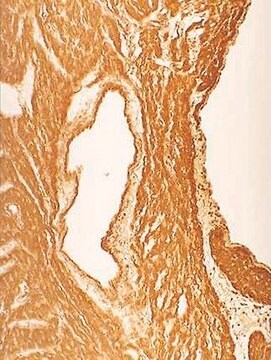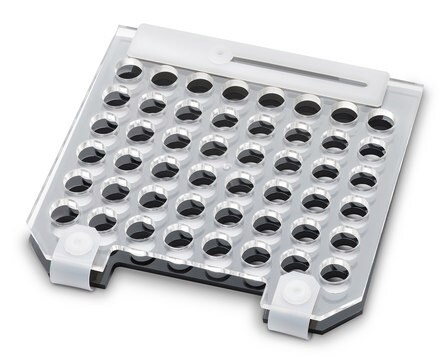07-214
Anti-dimethyl-Histone H3 (Arg17) Antibody
Upstate®, from rabbit
Synonyme(s) :
H3R17me2, Histone H3 (di methyl R17), H3 histone family, member T, histone 3, H3, histone cluster 3, H3
About This Item
Produits recommandés
Source biologique
rabbit
Niveau de qualité
Forme d'anticorps
affinity purified immunoglobulin
Type de produit anticorps
primary antibodies
Clone
polyclonal
Produit purifié par
affinity chromatography
Espèces réactives
human, vertebrates
Fabricant/nom de marque
Upstate®
Technique(s)
ELISA: suitable
immunocytochemistry: suitable
inhibition assay: suitable (peptide)
western blot: suitable
Isotype
IgG
Numéro d'accès NCBI
Numéro d'accès UniProt
Conditions d'expédition
dry ice
Modification post-traductionnelle de la cible
trimethylation (Arg17)
Informations sur le gène
human ... H3C1(8350)
Description générale
Spécificité
Immunogène
Application
ELISA:
A previous lot of this antibody was used in ELISA. At dilutions greater than 1:2000 this antibody is specific for peptides containing dimethylated Arg17. No cross-reactivity detected with a peptide containing dimethylated Arg26.
Immunocytochemistry:
An independent laboratory showed positive immunostaining for CARM-1 specific methylation of Histone H3 in 3134 cells.
Epigenetics & Nuclear Function
Histones
Qualité
Western Blotting Analysis: A 1:7,500 dilution of this antibody detected dimethyl-Histone H3 (Arg17) in Histone H3 treated with Histone-arginine methyltransferase (CARM1).
Description de la cible
Forme physique
Stockage et stabilité
Remarque sur l'analyse
Calf thymus histone preparation, Acid HeLa cell extract.
Autres remarques
Informations légales
Clause de non-responsabilité
Vous ne trouvez pas le bon produit ?
Essayez notre Outil de sélection de produits.
Code de la classe de stockage
12 - Non Combustible Liquids
Classe de danger pour l'eau (WGK)
WGK 1
Point d'éclair (°F)
Not applicable
Point d'éclair (°C)
Not applicable
Certificats d'analyse (COA)
Recherchez un Certificats d'analyse (COA) en saisissant le numéro de lot du produit. Les numéros de lot figurent sur l'étiquette du produit après les mots "Lot" ou "Batch".
Déjà en possession de ce produit ?
Retrouvez la documentation relative aux produits que vous avez récemment achetés dans la Bibliothèque de documents.
Notre équipe de scientifiques dispose d'une expérience dans tous les secteurs de la recherche, notamment en sciences de la vie, science des matériaux, synthèse chimique, chromatographie, analyse et dans de nombreux autres domaines..
Contacter notre Service technique